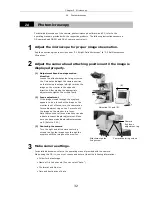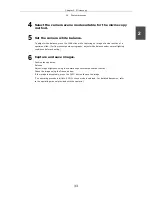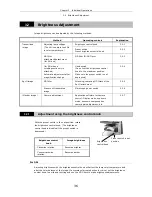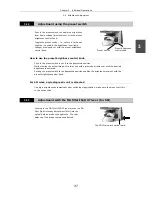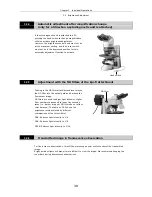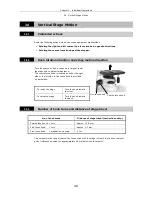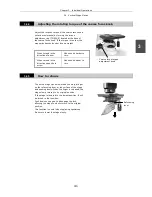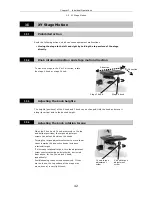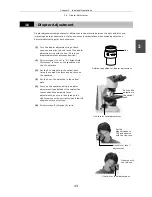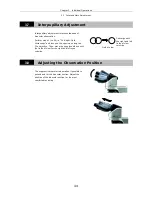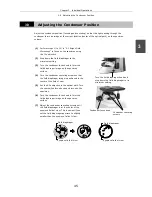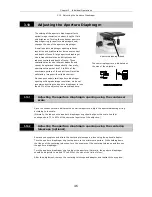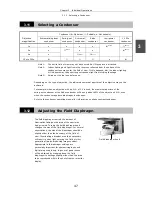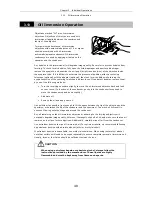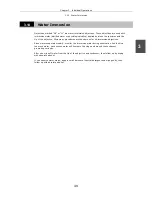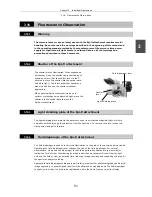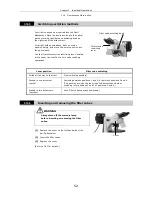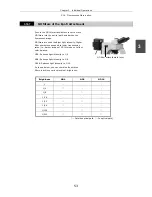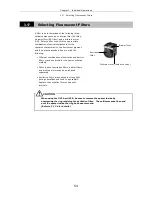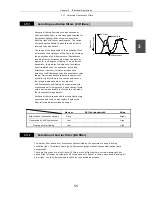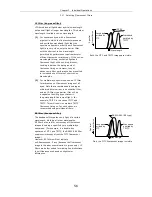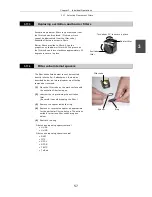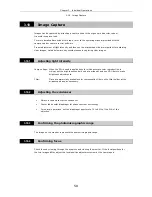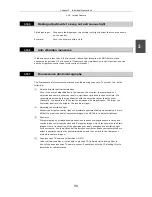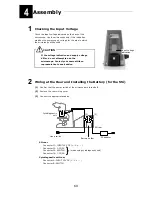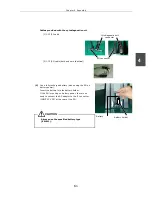
Chapter 3 Individual Operations
3.10 Adjusting the Aperture Diaphragm
46
3.10
Adjusting the Aperture Diaphragm
The setting of the aperture diaphragm affects
optical image resolution, contrast, depth of field,
and brightness. Turning the condenser aperture
diaphragm ring (or aperture diaphragm knob)
changes the size of the aperture diaphragm.
A small aperture diaphragm opening reduces
resolution and brightness but increases contrast
and depth of focus. A large aperture diaphragm
size increases resolution and brightness but
reduces contrast and depth of focus. These
characteristics involve inherent tradeoffs and
cannot be optimized independently. Generally,
aperture settings that are 70 to 80% of the
numerical aperture of the objective will provide
satisfactory images with suitable contrast.
Since an excessively small aperture diaphragm
opening will degrade image resolution, we do not
recommend setting the aperture diaphragm to less
than 60% of the objective's numerical aperture.
3.10.1
Adjusting the aperture diaphragm opening using the condenser
scale
Since the condenser scale indicates the numerical aperture, adjust the aperture diaphragm ring
according to the scale.
(Normally, the index on the aperture diaphragm ring should align with a scale line that
corresponds to 70 to 80% of the numerical aperture of the objective.)
3.10.2
Adjusting the aperture diaphragm opening using the centering
telescope (optional)
Remove one eyepiece and attach the centering telescope in place using the optional adapter.
Turn the aperture diaphragm ring to stop down to the minimum aperture. While holding down
the flange of the centering telescope, turn the eyepiece of the centering telescope and focus on
the aperture diaphragm.
Turn the aperture diaphragm ring to adjust the aperture. (Normally, the aperture diaphragm
should be adjusted to around 70 to 80% of the size of the field of view.)
After the adjustment, remove the centering telescope and adapter and reattach the eyepiece.
Aperture diaphragm knob
The numerical aperture is indicated on
the side of the objective.

